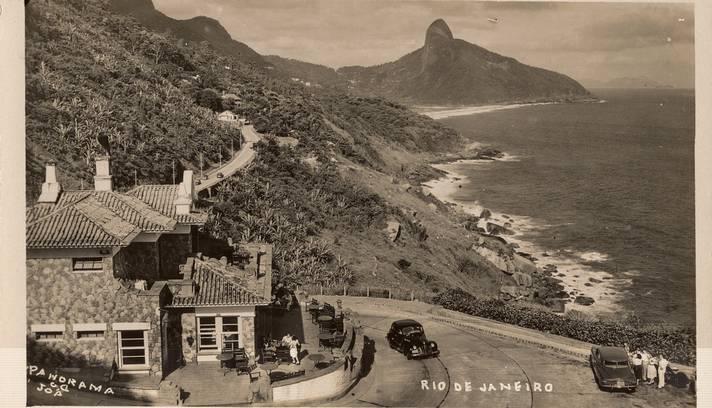article 1.015, x, CPC and the denying decision of suspensive effect on defense of execution
DOI:
https://doi.org/10.46818/pge.v5i3.323Keywords:
Interlocutory Appeal, Legal hypothesis, Embargoes to the execution, Suspensive effectAbstract
This article addresses the discussion, developed within the scope of the doctrine and jurisprudence of the Superior Court of Justice (STJ), about the pertinence of the interlocutory appeal in the face of the interlocutory decision that denies the attribution of suspensive effect in the embargoes to the execution , foreseen in art. 1.015, X, of the Code of Civil Procedure (CPC), based on the legal nature of the denying decision, and, to what extent, the analysis of this nature makes us conclude that the treated hypothesis attracts, strictly speaking, the provisions in art. 1.015, I, CPC. It is intended, from this reflection, to establish general parameters on the appeal type of the interlocutory appeal within the appealability model brought by the CPC of 2015; and, from this, to reflect on the extent to which the decision denying the suspensive effect required by the judgment debtor, although not expressly contemplated in the hypothesis of art. 1.015, X, CPC, can be included in the norm provided for in item I of the same device, in particular with regard to the judicial protection of provisional character based on urgency, without it being necessary to resort to the hermeneutic appeal of the thesis of taxatividade mitigada, established by the STJ when judging Special Appeal nº 1.704.520/MT (Topic No. 988 of repetitive appeals).
Downloads
Downloads
Published
How to Cite
Issue
Section
License
Copyright (c) 2023 Guilherme Kronemberg Hartmann, Rodolfo Mascarenhas Lopes

This work is licensed under a Creative Commons Attribution-NonCommercial 4.0 International License.
By submitting a manuscript, authors agree to the terms of the Copyright Notice. They also authorize Revista Eletrônica da PGE-RJ to publish this manuscript under a Creative Commons Attribution-NonCommercial 4.0 International License and recognize it as a vehicle for its original publication.




















